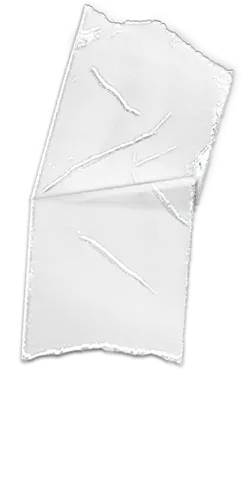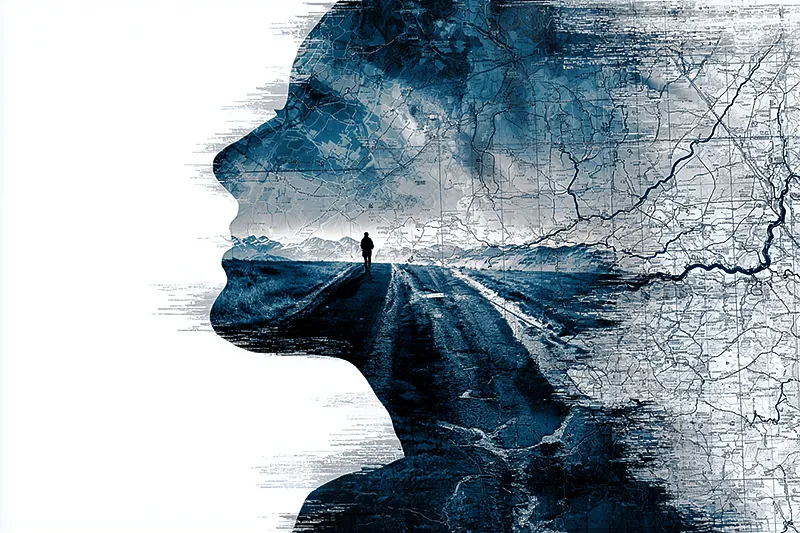Where You Hurt Depends on Where You Live: The Geography of Gen Z’s Mental Health Crisis
strikes match. watches it burn.
Pull up a chair, love. We need to talk about maps.
Not the pretty ones with neat state lines and cheerful colors.
The real ones.
The ones drawn in emergency room visits and suicide statistics.
The ones where your ZIP code becomes your destiny.
Because here’s the truth that’ll set your soul on fire:
In America, Your Mental Health Crisis Has a ZIP Code
Imagine, for a moment, that pain was visible.
That anxiety cast shadows.
That depression left actual scars on the landscape.
What would our country look like then?
PopHIVE’s data just handed us X-ray vision, and friends…
The fractures run deeper than we ever imagined.
The Cartography of Pain
Different places carve different wounds:
- Rural areas: Isolation, fewer therapists, long drives to care.
- Inner cities: Noise, crowding, violence, survival stress.
- Marginalized communities: Cultural stigma, systemic neglect, intergenerational trauma.
Your body carries not only your story, but your soil.
We love to talk about “brain chemistry” as though serotonin levels explain everything. But research shows your zip code can predict your health more than your genetic code.
Think about it:
- Live near highways or factories? Pollution raises anxiety and depression risks.
- Live in unsafe neighborhoods? Chronic vigilance reshapes your nervous system.
- Live where therapy is stigmatized or unaffordable? Struggles stay buried, untreated, inflamed.
It’s not just your neurons. It’s your neighborhood.
The Invisible Borders of Suffering
🔴 Crisis Zone 1: Where the Buffalo Used to Roam
Alaska. Montana. North Dakota. South Dakota. New Mexico.
The numbers:
- American Indian/Alaska Native youth: 2,707 anxiety-related ER visits per 100,000
- Suicide attempt rates: 16% (vs. 10% national average)
- Distance to nearest mental health specialist: sometimes 300+ miles
Let that geography sink into your bones
Picture this:
A 16-year-old on a reservation in Montana
A panic attack at 2am
The closest therapist is a six-hour drive through snow
The emergency room becomes the only option
If you can even get there.
This isn’t healthcare. This is healthcare apartheid.
🔥 Crisis Zone 2: The Borderlands
California. Texas. Arizona. New Mexico. Nevada.
The numbers:
- Hispanic youth: 2,150 anxiety-related ER visits per 100,000
- Cultural barriers: speaking about mental health in Spanish often has no direct translation
- Economic reality: undocumented status = no insurance = no care
Close your eyes and feel this
A 19-year-old in El Paso
Panic attacks getting worse since her dad got deported
She can’t afford therapy
The family says “just pray harder”
The school counselor speaks broken Spanish
The emergency room bill will bankrupt the family
But she goes anyway because she can’t breathe
This isn’t immigration policy. This is mental health genocide.
The Cruel Mathematics of Geography
lean in. this is where it gets ugly.
80.5%
That’s the gap between the mental health outcomes of our most and least vulnerable communities.
Eighty. Point. Five. Percent.
Which means that being born American Indian instead of Asian American
makes you nearly twice as likely to end up in an ER for a mental health crisis.
Your DNA didn’t do that to you.
Geography did.
Systems did.
Centuries of policy and neglect and “that’s just how it is” did.
The Mental Health Desert Maps
Rural America: Where Silence Grows Like Wildfire
In small towns across Montana and Wyoming and the Dakotas:
- 1 psychiatrist per 350 square miles (that’s bigger than New York City)
- 62% of rural counties have zero mental health professionals
- 3x longer wait times for appointments
- shame thick as August humidity because everyone knows everyone
Rural kids aren’t “tougher” than city kids
They’re just drowning in silence
Urban Centers: Overwhelmed Islands in the Storm
In Chicago and Los Angeles and Houston:
- More providers but more people
- Documented crisis but tip of the iceberg
- Visible suffering because there are systems to see it
- Still not enough beds, therapists, hope
City kids aren’t “weaker” than rural kids
They’re just drowning in public
The Stories Behind the Statistics
Colorado: A Case Study in Collapse
sits with this for a moment
In 2019, 13.7% of Colorado’s Gen Z reported poor mental health.
By 2023? 28.9%.
That’s not gradual decline. That’s free fall.
1 in 3 young people in Colorado
carrying weight that previous generations
never even had to imagine
And when they tried to get help?
50% couldn’t afford it.
50%. percent.
We’re watching an entire generation drown in real time
And charging them for swimming lessons
The Hidden Truth About Emergency Rooms
voice getting steadier, fiercer
Remember those PopHIVE numbers?
Those emergency room visits we talked about in part one?
They’re not the crisis.
They’re the people who survived long enough to make it to help.
For every kid who makes it to an ER in rural Montana
How many never make the drive?
For every undocumented teenager in Texas who risks deportation to get mental health care
How many choose silence instead?
PopHIVE’s data is like counting survivors of a shipwreck
While the ship is still sinking
The Systemic Sins We Need to Name
Tribal Lands: Genocide by Neglect
Historical trauma doesn’t just “go away”
It gets passed down through DNA
Through stories whispered in the dark
Through systems that were designed to destroy
And were never redesigned to heal
When a Lakota teenager attempts suicide
They’re not just carrying their own pain
They’re carrying 150 years of it
And we give them a pamphlet and a prayer
Border Communities: Trauma with an Accent
Immigration stress isn’t just “being sad about moving”
It’s watching your father get handcuffed at work
It’s translating your mother’s depression symptoms to doctors who don’t care
It’s being afraid to seek help because help might come with badges
When a first-generation college student has a panic attack
They’re not just carrying academic pressure
They’re carrying their family’s entire American dream
And we tell them to “just manage their stress better”
The Revolution We Need to Start
stands up. voice clear and strong.
Enough.
Enough with treating ZIP codes like destiny.
Enough with mental health as a luxury good.
Enough with crisis management instead of crisis prevention.
Enough with “that’s just how it is.”
Because it doesn’t have to be
What Justice Looks Like
Immediate: Mobile Crisis Teams
Bring healing to where people are instead of making them travel to where healing supposedly lives
Short-term: Telehealth Revolution
Bridge the distance between pain and healing with technology that actually serves humanity
Long-term: Cultural Competency
Train healers who understand that trauma speaks different languages
But healing… healing is universal
The Map We’re Redrawing
Voice soft but unbreakable
Every emergency room visit is a coordinate on a map
Every suicide attempt is a pin in our collective heart
Every untreated anxiety disorder is a place where we failed
But every person who makes it through?
Every kid who survives long enough to get help?
Every community that decides “not on our watch”?
Those are coordinates too
Those are the places where the new map begins
Here’s what I know to be true:
Your pain is valid no matter what your ZIP code says.
Your healing matters whether you live in Manhattan or Montana.
Your story deserves to be heard in whatever language you speak it.
And if the system won’t come to you
We’ll build new systems that will
Because geography might determine where you start
But it doesn’t have to determine where you end up
The revolution begins with refusing to accept
That suffering should have a ZIP code
Crisis resources don’t know your ZIP code: 988 (Suicide & Crisis Lifeline), Crisis Text Line (text HOME to 741741). Your pain is valid. Your healing matters. Your location doesn’t disqualify you from hope.
**Fight for each other. Fight with data. Fight with love.
The map is ours to redraw.**
*Data from PopHIVE CDC surveillance, Annie E. Casey Foundation, Colorado Health Institute, and The Jed Foundation.
Every statistic represents a real person whose life has value regardless of where they call home.*
 Sometimes the wound isn’t in you, it’s in the world you move through.
Sometimes the wound isn’t in you, it’s in the world you move through. 